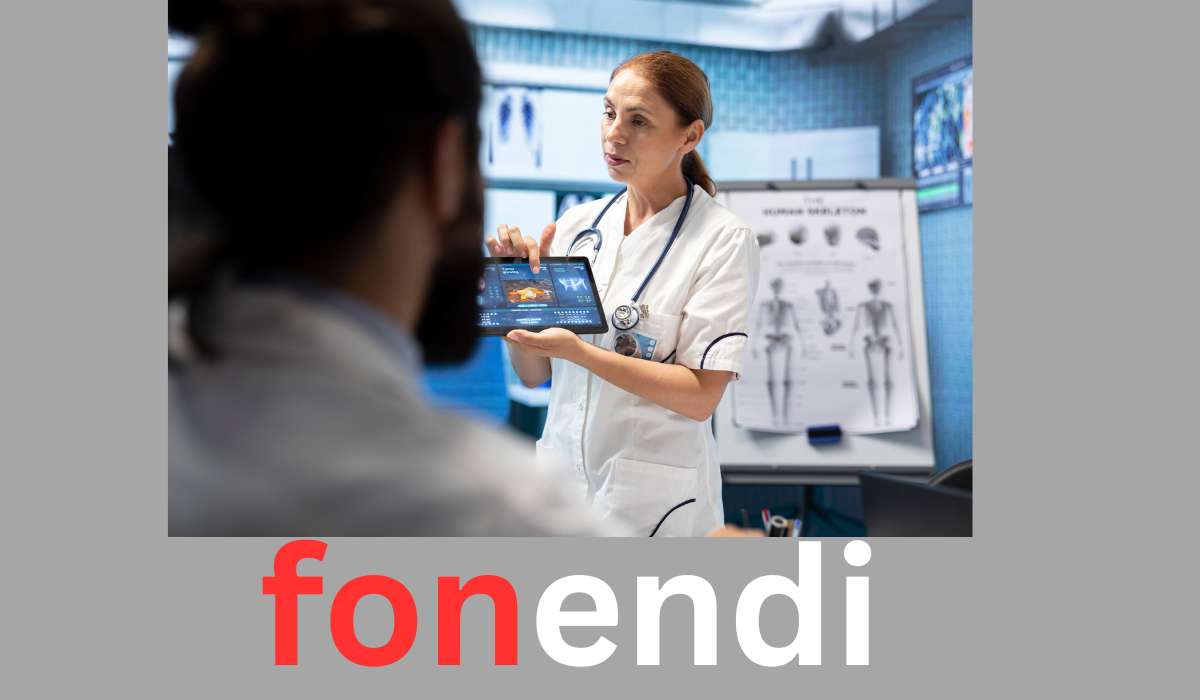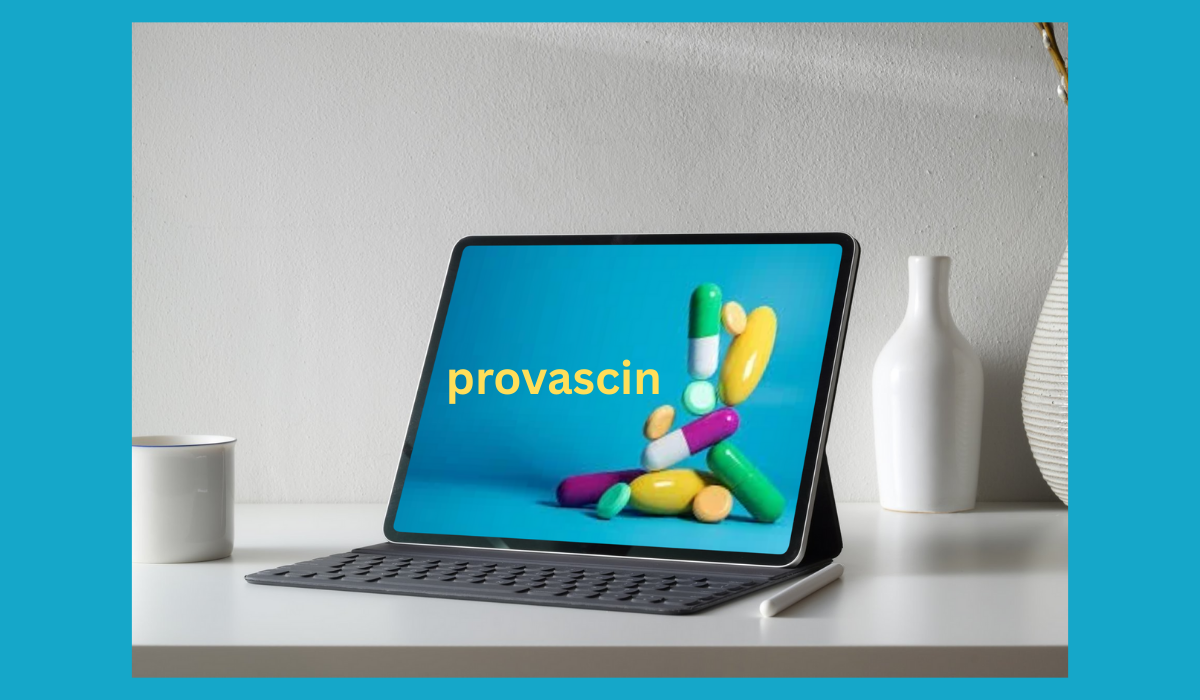“Fonendi” is a casual abbreviation—especially in places like Spain or Italy—for phonendoscope, the formal name for what most of us call a stethoscope . The word breaks down as phono (sound) + endo (within) + scope (to examine)—literally, “a device to examine internal sounds.” The casual term “fonendi” emerged in fast-paced hospital settings as a shorthand, much like “BP” for blood pressure .
A Brief History of Fonendi
-
Early 1800s: Physicians pressed their ear against the patient’s chest to hear internal sounds. In 1816, René Laennec invented the first stethoscope by rolling paper into a tube—and voilà, auscultation began .
-
19th–20th centuries: Development of wooden monaural devices, later evolving to binaural models with rubber tubing.
-
Late 1800s: The phonendoscope appeared, with improved sound amplification and the introduction of a diaphragm .
-
Today: Analog stethoscopes still exist—but modern digital fonendi bring amplification, noise reduction, recording, wireless streaming, AI diagnostics, and more .
How Fonendi Work (Analog & Digital)
Analog (Classic) Fonendi:
-
Chestpiece: Contains a diaphragm (for high frequencies) and a bell (for low frequencies).
-
Tubing: Carries sound via air from chestpiece to ears.
-
Earpieces: Soft tips seal sound directly to the examiner .
Digital (Smart) Fonendi:
-
Digital amplification & noise cancellation for clearer sounds in hectic clinics .
-
Recording + playback, ideal for remote monitoring & education.
-
Bluetooth/Wi‑Fi streaming allows live sharing and EHR integration .
-
AI-assisted analysis may suggest potential abnormalities—helpful for early detection.
Who Uses Fonendi – And Why It Matters
-
Clinicians – Nurses, doctors, med students rely on them daily for routine checks.
-
Specialists – Cardiologists, pulmonologists prefer digital fonendi for detecting subtle signals.
-
Home-care & Telehealth – Chronic patients or remote families can use fonendi to send recordings to doctors.
-
Veterinary & Space Healthcare – Modified to fit animal patients or even astronauts in low‑gravity settings.
Fonendi are more than medical tools—they’re a cultural icon of care. Think of a doctor with a stethoscope around their neck—that’s trust, empathy, and readiness in one visual .
Choosing the Right Fonendi
| Feature | Why It Matters |
|---|---|
| Acoustic sensitivity | Crucial in cardiology or pulmonology to hear delicate murmurs or crackles |
| Weight & comfort | Long shifts need lightweight, ergonomic designs |
| Durability | Daily use demands robust construction; avoid cheap counterfeits |
| Extras | Recording, amplification, Bluetooth—decide based on budget and use case |
Start with a dependable analog model (like a Littmann Classic III) to master auscultation, then move to digital as needs grow. For telehealth or remote monitoring, go digital from the get-go.
The Art of Auscultation
Mastering fonendi requires training:
-
Learn sound patterns: normal vs. abnormal.
-
Adjust placement and pressure on chestpiece for different frequencies.
-
Use recordings to practice and teach.
-
Practice hygiene and maintenance:
-
Clean diaphragm/earpieces.
-
Protect tubing from heat/hardening.
-
Inspect regularly.
-
A well-kept fonendi is not just functional—it’s a symbol of professionalism.
Why Fonendi Won’t Be Replaced Soon
Even in the digital age, the fonendi remains vital:
-
Portable and intuitive – no setup needed, always at hand.
-
Cost-effective – analog ones can be under $30; quality digital tools vary.
-
Educational value – auscultation teaches listening, diagnosis, and patient connection.
-
Cultural relevance – it’s medical branding and trust in one.
While imaging scans are powerful, for many bedside situations, nothing beats the immediacy and simplicity of a fonendi.
Future Trends
-
Wearable “smart fabrics” could continuously monitor vitals.
-
AI diagnostics in real time: instant alerts during examinations.
-
Miniature wireless models connecting via phone apps.
-
Low-dose digital fonendi for emerging regions .
What’s ahead is a hybrid of classic bedside practice and powerful digital insight.
In Summary
From its humble paper-tube origins to today’s AI-enabled digital devices, fonendi have proven essential for patient care, education, and doctor–patient connection. Whether used for routine check-ups or breakthrough diagnostics, its value is timeless and evolving.
Whether you’re a seasoned pro or just starting in healthcare, understanding and caring for your fonendi is an investment in quality, empathy, and precision.





